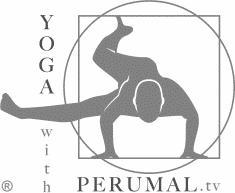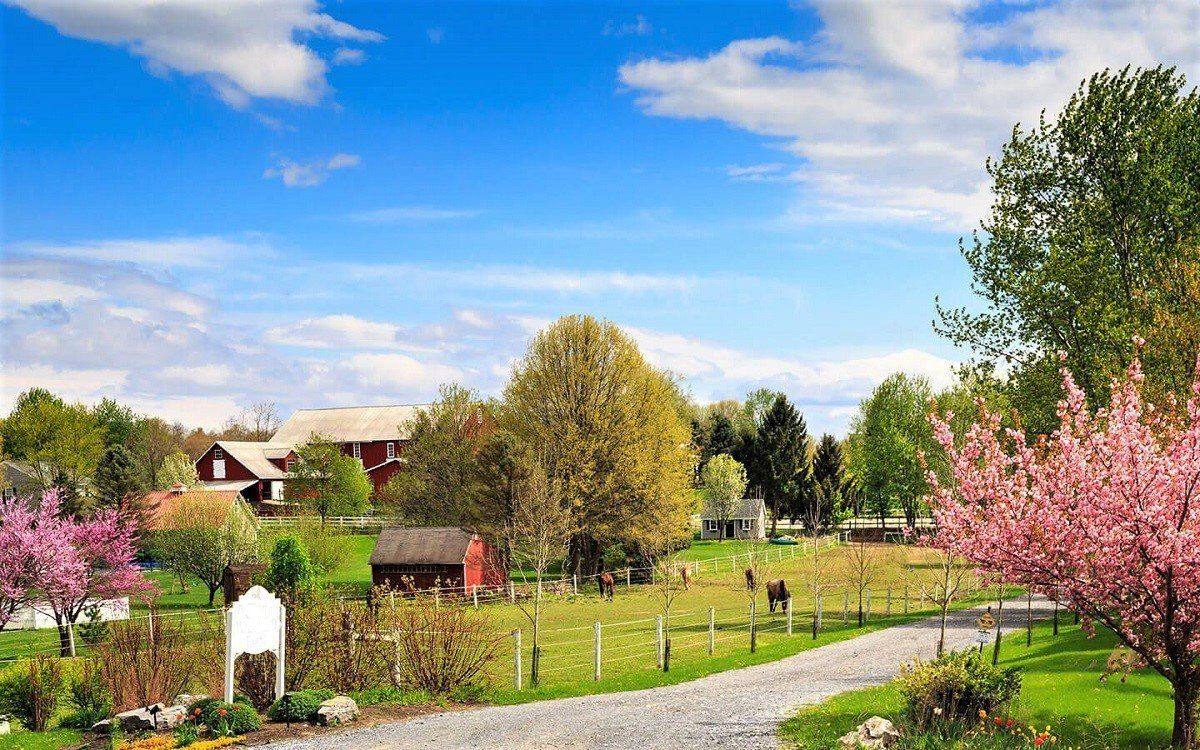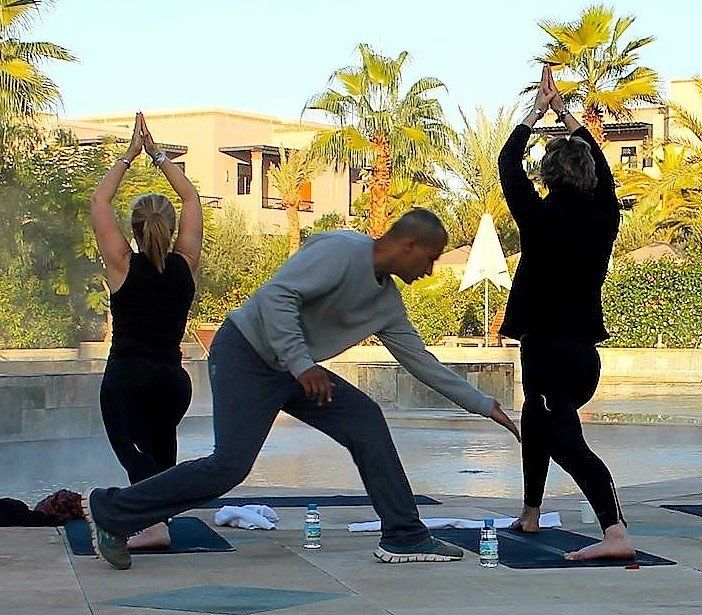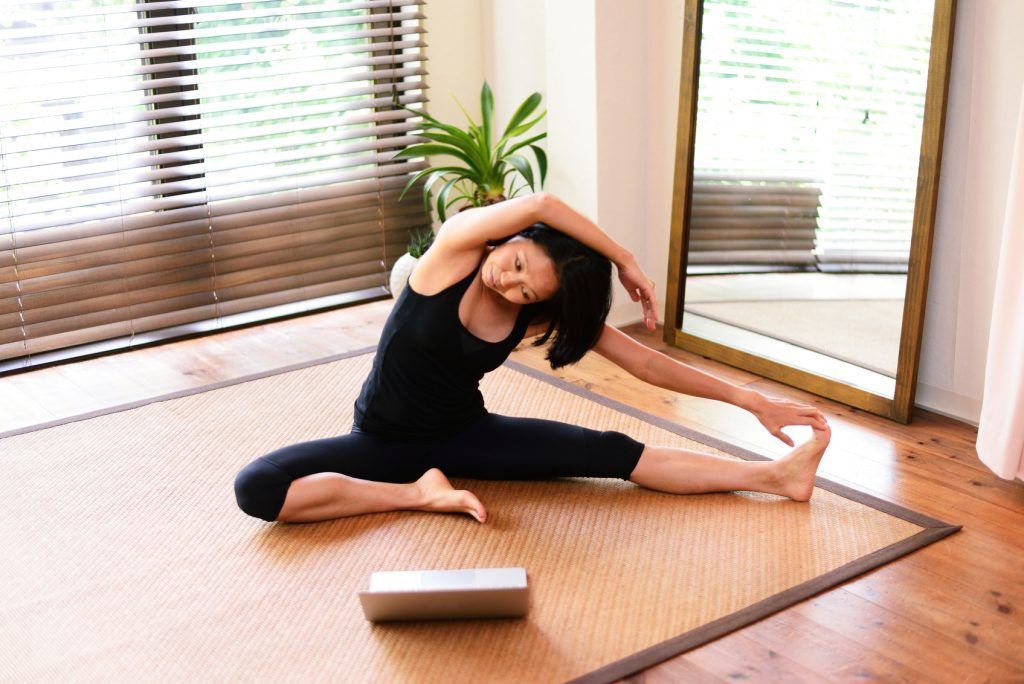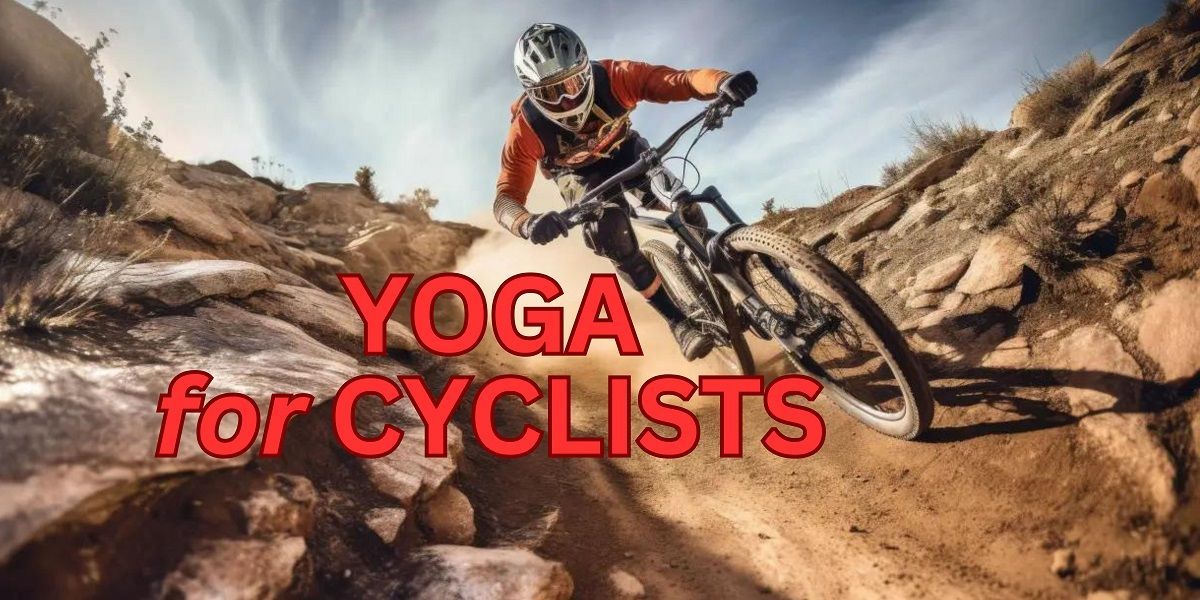KALARIPAYATTU
KALARIPAYATTU
Kalaripayattu, is an ancient martial art dating back more than 3000 years to the Indian state of Kerala. Kalari means, "training ground or field” which may also indicate "battleground. Payattu means “practice of martial arts”. Modern martial artists, regard Kalaripayattu as the “Mother of Martial Arts”. Chinese Shaolin Kung Fu monks trace their lineage to a South Indian royal and Kalaripayattu master named Bodhidharma,. Yoga was an essential aspect of the earliest known form of martial arts, and it continues to play a significant role in contemporary forms of martial arts.
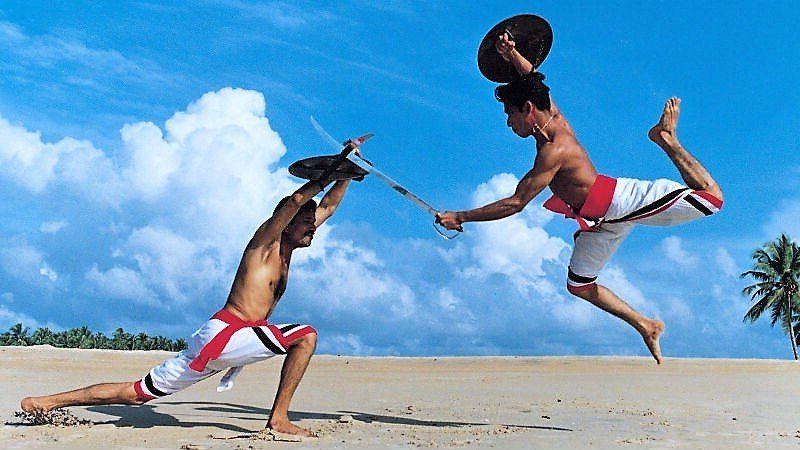
Slide title
Write your caption hereButton
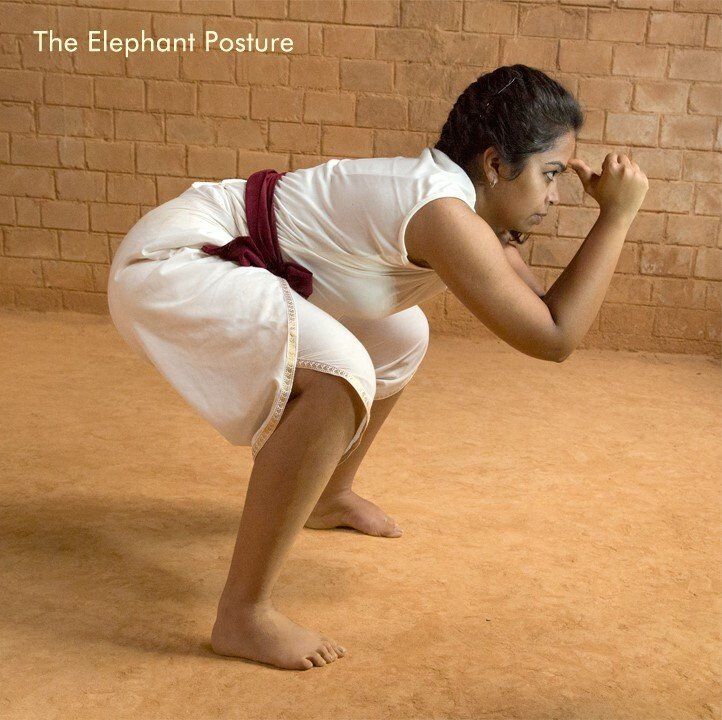
Slide title
Write your caption hereButton
How Kalaripayattu
Works
Kalaripayattu borrowed concepts and techniques from the yoga tradition. Several other South Asian martial arts, not simply Kalari, also have deep ties to yoga. Kalarippayattu practitioners may draw on the principles of many different yoga poses. Kalari exercises can be seen as a more vigorous style of yoga.
Like yoga, Kalari employs sequences of animal poses to increase the bodies natural energy circulation. For example, the Meippayat sequence from Kalari and the yoga practice of sun salutations (Surya Namaskar) have similarities.
The motions and methods of Kalarippayattu were first seen in local animals’ lion, boar, cobra, elephant, tiger, horse, rooster, and buffalo populations. Each posture was emblematic of a certain role.
Additionally, if you really get into Kalari, you'll find that it's a discipline for growing spiritually, with the body serving as a tool. Kalari masters, like great yoga masters, emphasize how the practice can change their students, including learning to helps them grow as people is paramount.
Three Levels of Kalari Practice
Kalarippayattu is a rich and complex system with several stages of development. It is also a martial art that is known as a collection of ways to defend and attack, as it has been used by warriors from Kerala for thousands of years.
• Physical preparation includes getting to know your body and how it works, figuring out your strengths and weaknesses, and getting better at the skills you need to do the job.
• Mental preparation includes overcoming one's own self-imposed barriers, limitations, and fears; monitoring and controlling one's emotional responses; expanding and deepening one's understanding of awareness processes; and cultivating self-discipline, awareness, equilibrium, calm, resolve, and fortitude.
• Spiritual preparation includes growing compassion, opened himself up to energy communication, became more self-aware, and felt a deeper connection to the kalari tradition, the ancestors of the masters, the natural world, and, for believers, the divine realm.
Kalarippayattu is a rich and complex system with several stages of development. It is also a martial art that is known as a collection of ways to defend and attack, as it has been used by warriors from Kerala for thousands of years.
• Physical preparation includes getting to know your body and how it works, figuring out your strengths and weaknesses, and getting better at the skills you need to do the job.
• Mental preparation includes overcoming one's own self-imposed barriers, limitations, and fears; monitoring and controlling one's emotional responses; expanding and deepening one's understanding of awareness processes; and cultivating self-discipline, awareness, equilibrium, calm, resolve, and fortitude.
• Spiritual preparation includes growing compassion, opened himself up to energy communication, became more self-aware, and felt a deeper connection to the kalari tradition, the ancestors of the masters, the natural world, and, for believers, the divine realm.
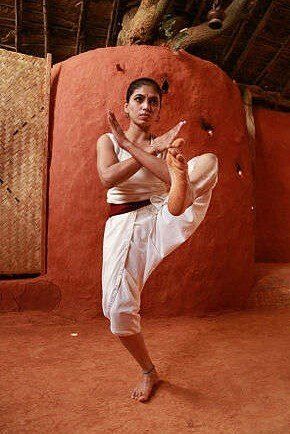
Slide title
Write your caption hereButton
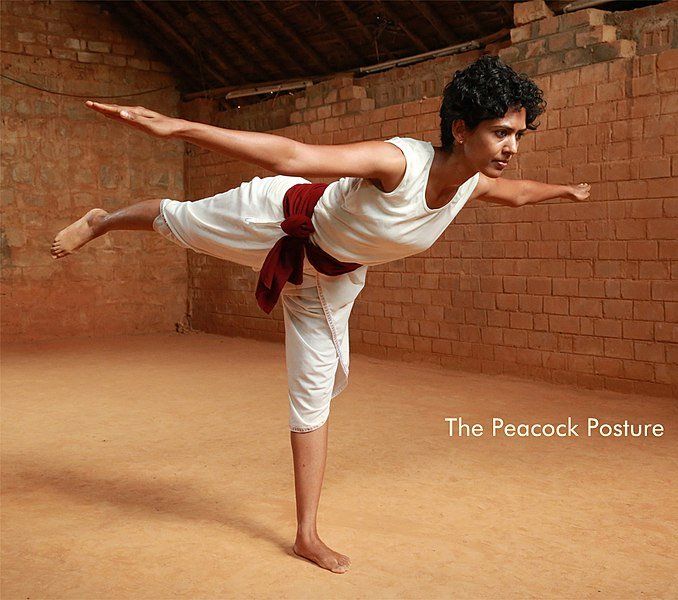
Slide title
Write your caption hereButton
The Connection Between Yoga and Kalari
Yoga is the foundation of movements and so facilitates a martial artist. This is especially true at a beginner level. Yoga at the beginner level for dynamic martial arts movements minimizes injuries. This prevention of injuries continues throughout the martial artists career through yoga.
Classical yoga maintains the performance of a fighter without the wear and tear experienced from typical martial training. Typical martial arts Camp Hill training makes use of Isotonic movements. Such movements generate greater muscular strength but create more load on the joints leading to wear and tear of them. On the other hand, isometric postures of yoga involving holding still is known to hone stronger joints. A well-trained martial artist will not rely solely on explosive strength but instead be technique focused.
Yoga is the foundation of movements and so facilitates a martial artist. This is especially true at a beginner level. Yoga at the beginner level for dynamic martial arts movements minimizes injuries. This prevention of injuries continues throughout the martial artists career through yoga.
Classical yoga maintains the performance of a fighter without the wear and tear experienced from typical martial training. Typical martial arts Camp Hill training makes use of Isotonic movements. Such movements generate greater muscular strength but create more load on the joints leading to wear and tear of them. On the other hand, isometric postures of yoga involving holding still is known to hone stronger joints. A well-trained martial artist will not rely solely on explosive strength but instead be technique focused.
The Similarities Between Yoga and Kalari
Traditional yoga and Kalari have many characteristics in common:
Traditional yoga and Kalari have many characteristics in common:
- Having its roots in India's ancient past.
- Animal postures (including paw, lion, and cat) exist in various variants in both systems; the warrior pose (Virabhadrasana) is seen in several Kalari sequences.
- Integrating one's respiration and motion,
- The conventional method of passing on expertise from teacher to pupil,
- Understanding of human anatomy and physiology,
- Health-promoting wisdom, often based on Ayurveda, an ancient system of complementary medicine from India.
- Keeping the three doshas (body constitutions) in balance through consistent practice
- Maintaining a healthy eating, moving, and resting routine
- The Significance of a Spiritual Approach
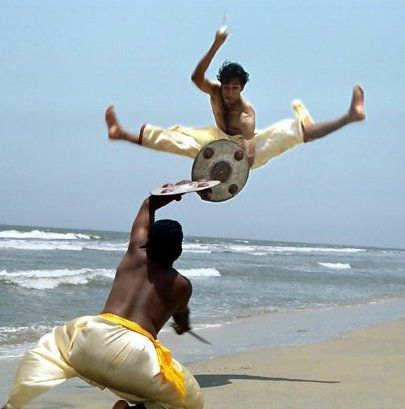
Slide title
Write your caption hereButton
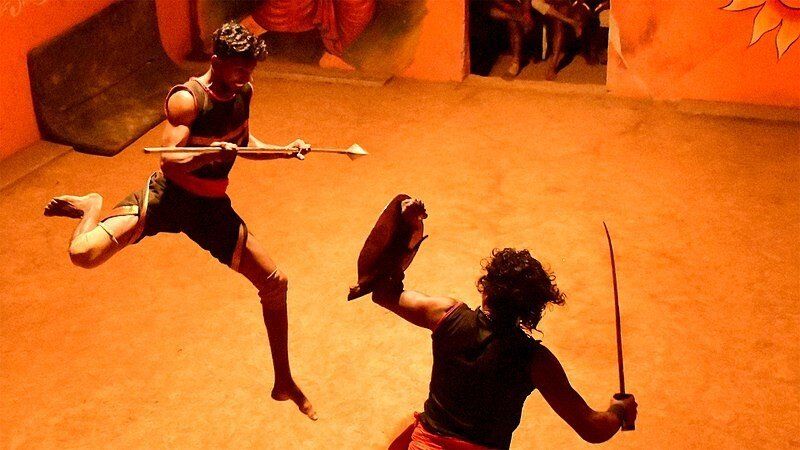
Slide title
Write your caption hereButton
Kalari vs. Yoga: Key Distinctions
When practicing kalarippayattu, one's attention is directed outward, since one acts in connection to what is occurring around them. However, when engaging yoga, the adept concentrates inward, retreating from the outer world and watching his inner processes.
When practicing kalarippayattu, one's attention is directed outward, since one acts in connection to what is occurring around them. However, when engaging yoga, the adept concentrates inward, retreating from the outer world and watching his inner processes.
RETREATS
ONE ON ONE
YOGA VIDEOS
Contact Us
Thank you for contacting us.
We will get back to you as soon as possible.
We will get back to you as soon as possible.
Oops, there was an error sending your message.
Please try again later.
Please try again later.
Follow us
© 2023 Perumal Koshy | All Rights Reserved
© 2024 Perumal Koshy | All Rights Reserved
